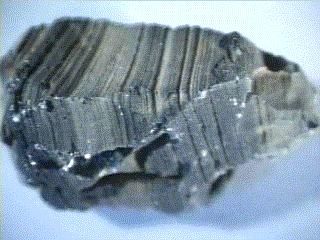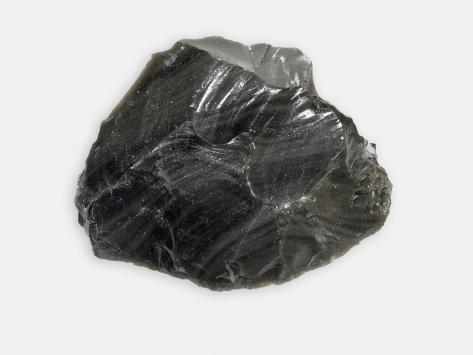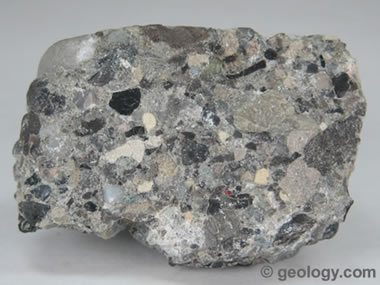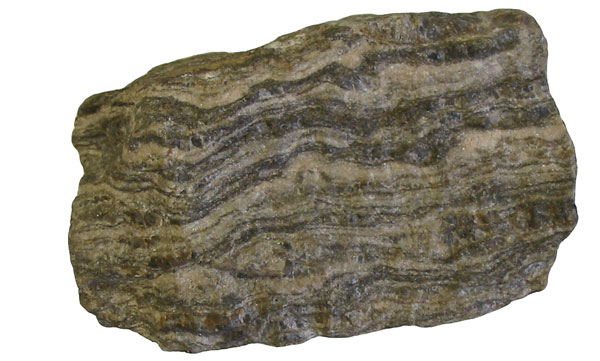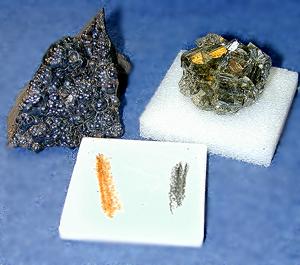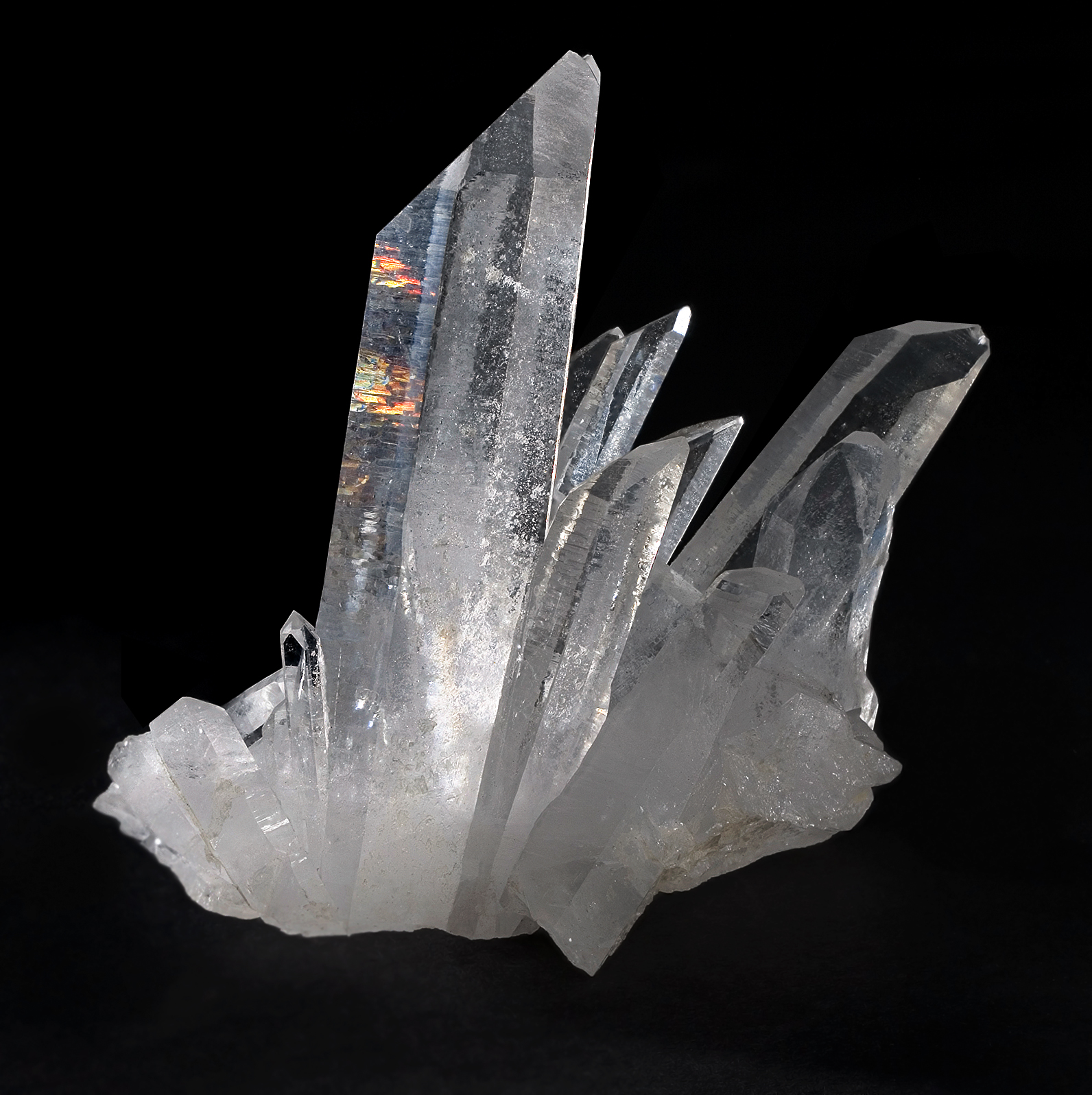In this unit,I figure out a lot of things about the earth how affect by the sun. The Earth's motions could affect us everyday as every moment in nature.The Geocentric Model,has earth in the center and Heliocentric move sun in the center, is a theory that was develop by Ptolemy and to explain how the planets,sun,and even the stars orbit around the earth.The Heliocentric Model, is a theory that was develop by Nicolas Copernicus, the sun is the center of the universe. Stellar parallax is most important evidence proves the heliocentric model is correct,that is how stars looks like as earth view them from different size of its orbit around the sun.
From Rotation, is a earth spin on its axis around the center of rotation,earth's axis is a imaginary line in the central of earth. It take earth to rotate 24 hours on its axis one complete time, for 15 degrees move on its axis each hour and 23.50 tilt of earth's axis. Earth's axis is a imaginary line in the central of earth. Polaris is important because Polaris never change its location, it always in the north.The two hemispheres are contain Northern and Southern. Actually day, night, and season are exactly knows as evidence to proves the Earth rotates.
Time Zones, there has 24 time zones in the world. Time zones is divided by longitude. International Date Line(IDL) means the line changing the calender days. Greenwich mean time(GMT) means the town where the time begin.
Revolution, is earth's year long elliptical orbit around. Orbit is earth revolution pressure the curved path. Ellipse is shape of earth's obit. It take 365 days or 1 year to revolve one time around the sun. Aphelion is the point on its orbit when earth is farthest from the sun. Perihelion is closest to the sun.
Season, there has winter,summer,spring,and autumn(fall).Direct is when the sun is heat into one place. Indirect is the sun rays reaches the earth's surface as a low angle. The two main causes of the earth's seasons are tile of earth and earth's orbit.Also are Direct sunlight and Indirect Sunlight. There season aren't at the equator because the hot season(summer) effects.
Solstices, Winter Solstice is the earth far away from the sun.It starts at the date December 21/22. Summer Solstic is the earth near from the sun.It starts at the June 21/22.
Equinoxes, it means when earth receive the same amount of sunlight, 12 hrs day 12 hrs. Vernal(Spring) Equinox start at March 21/22. Autumnal(Fall) Equinox start at September 21/22.
The phases of the moon means different forms of the moon. It take 27.3 average of the moon to revolve around earth one complete time. Moon can get its light from the sun. Waxing is when the moon gets bigger. Waning is when the moon gets smaller. There has different shapes of moons between are: New Moon, Crescent Moon, Quarter Moon, Gibbous Moon, and Full Moon.
Lunar Eclipse means when moon moves behind the shadow. Full Moon is only a lunar eclipse. The different between the umbra is dark and the penumbra is light. Total lunar eclipse is full moon shadow and partial lunar eclipse is side moon shadow.
Solar Eclipse when the moon is between sun and the earth. New moon is a Solar eclipse. Total solar eclipse is when moon fully blocked the sunlight and a partial solar eclipse is only part of sunlight is blocked.
Spring Tides, Tide is ocean moving high and low. Moon is the main cause of the earth's tides. Spring Tide is higher or lower than a normal tides. Full moon and New moon both are Spring tides.
Neap Tides, when moon, earth and sun at an 90 angle degree, there isn't much gravity force pulling water and so in this period of time water wave are lose. First and Third both are Neap Tides.
IHSL Jiaming Mei
Translate
Monday, May 27, 2013
Thursday, January 17, 2013
Sunday, January 13, 2013
Rock Types
The rock cycle started with the molten rock that made up the early surface of planet Earth. Igneous rocks are produced when molten rock cools and solidifies. When exposed at the earth's surface, the rock is broken down into tiny particles of sediment by weathering and erosion. The sediment is gradually buried by more sediment and subjected to higher pressure and temperature. It eventually hardens into sedimentary rock. The rock cycle is completed it melts and forms a magma again. Igneous and sedimentary rocks can become metamorphic rocks if they are buried deeply enough or are affected by plate tectonic processes. Metamorphic rocks exposed at the surface will also weather to form sedimentary deposits.
Vocabulary
Metamorphic rock- Rock change by heat and pressure.
Magma/lava- Molten rock found inside the volcano.
Solidification- Magma became solid by cooling.
Igneous rock- Rocks formed by the cooling and solidifying of molten materials.
Weathering- Breaking rock into pieces.
Erosion- Pieces rock get transported.
Sediment- To form or deposit sediment.
Compaction- Compress of sediment.
Cementation- the heating of two substances in contact in order to effect some change in one of them.
Sedimentary rock- Many sand combine together.
Rock Types
Igneous intrusive- Cooling inside the volcano with big crystals.
Igneous extrusive- Cooling outside the volcano with small crystals.
Sedimentary(Clastic)- breaking up into fragments.
Sedimentary(Crystalline)- Liquid evaporates and formed crystal.
Metamorphic(Foliated)- The rock have lines, with layer in the surface.
Metamorphic(Non-Foliated)- The rock have no lines, with no layer in the surface.
Vocabulary
Metamorphic rock- Rock change by heat and pressure.
Magma/lava- Molten rock found inside the volcano.
Solidification- Magma became solid by cooling.
Erosion- Pieces rock get transported.
Compaction- Compress of sediment.
Sedimentary rock- Many sand combine together.
Rock Types
Igneous intrusive- Cooling inside the volcano with big crystals.
Igneous extrusive- Cooling outside the volcano with small crystals.
Sedimentary(Crystalline)- Liquid evaporates and formed crystal.
Metamorphic(Foliated)- The rock have lines, with layer in the surface.
Metamorphic(Non-Foliated)- The rock have no lines, with no layer in the surface.
Crystal & Minerals
Mineral properties-
1.Crystal- a solid formed of a chemical things.
2.Properties- the properties of substance or object are behaves particular condition.
3.Mineral- a solid substances in nature having a chemical composition.
10.Luster- Metallic: look like metal. Non- metallic: not looks like metal.
Mineral Identification-
Halite
Color: Colorless to yellow
Luster: Nonmetallic
Cleavage: Breaks evenly
Hardness: 2.5
Streak: White
Composition: NaCI
Quartz
Color:Colorless or variable
Luster: Nonmetallic luster
Cleavage: Breaks evenly
Hardness: 7
Streak: White
Composition: SiO2
3.Mineral- a solid substances in nature having a chemical composition.
4.Color- the object what's the look like.
5.Streak- line, a marking of different color or texture from the background.
6.Hardness- the thing very hard, strong.
7.Cleavage- the thing look like evenly.
8.Fracture- the thing look like unevenly.
10.Luster- Metallic: look like metal. Non- metallic: not looks like metal.
Mineral Identification-
Halite
Color: Colorless to yellow
Luster: Nonmetallic
Cleavage: Breaks evenly
Hardness: 2.5
Streak: White
Composition: NaCI
Quartz
Luster: Nonmetallic luster
Cleavage: Breaks evenly
Hardness: 7
Streak: White
Composition: SiO2
Monday, November 5, 2012
Monday, October 15, 2012
About me
1.Science is a thrilling subjects!
2.I like playing video games.
3.Insect I'm afraid!
4.chicken nugget is my favorite food.
5.I will be an actor when I grow up.
6.I have one sibling.
7.My favorite color is black/blue.
8.My favorite thing to do is watch movies.
9.Watch out for mistake.
10.I wish can be success my goal!
2.I like playing video games.
3.Insect I'm afraid!
4.chicken nugget is my favorite food.
5.I will be an actor when I grow up.
6.I have one sibling.
7.My favorite color is black/blue.
8.My favorite thing to do is watch movies.
9.Watch out for mistake.
10.I wish can be success my goal!
Subscribe to:
Comments (Atom)



